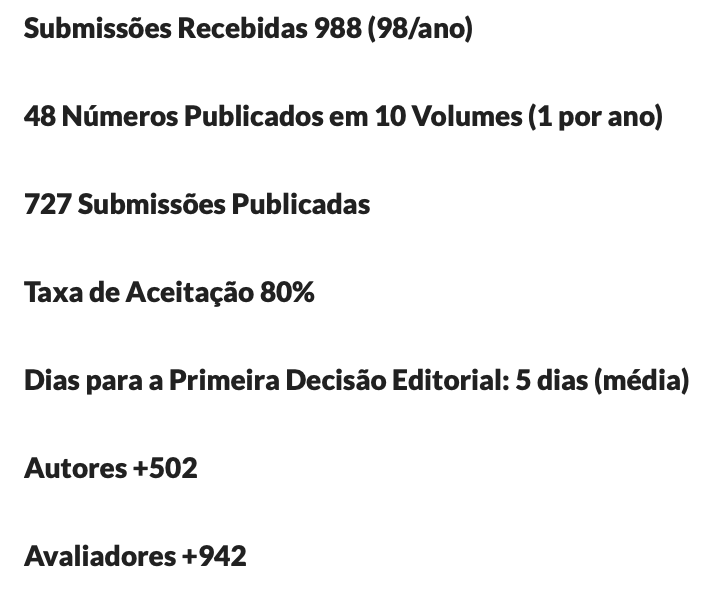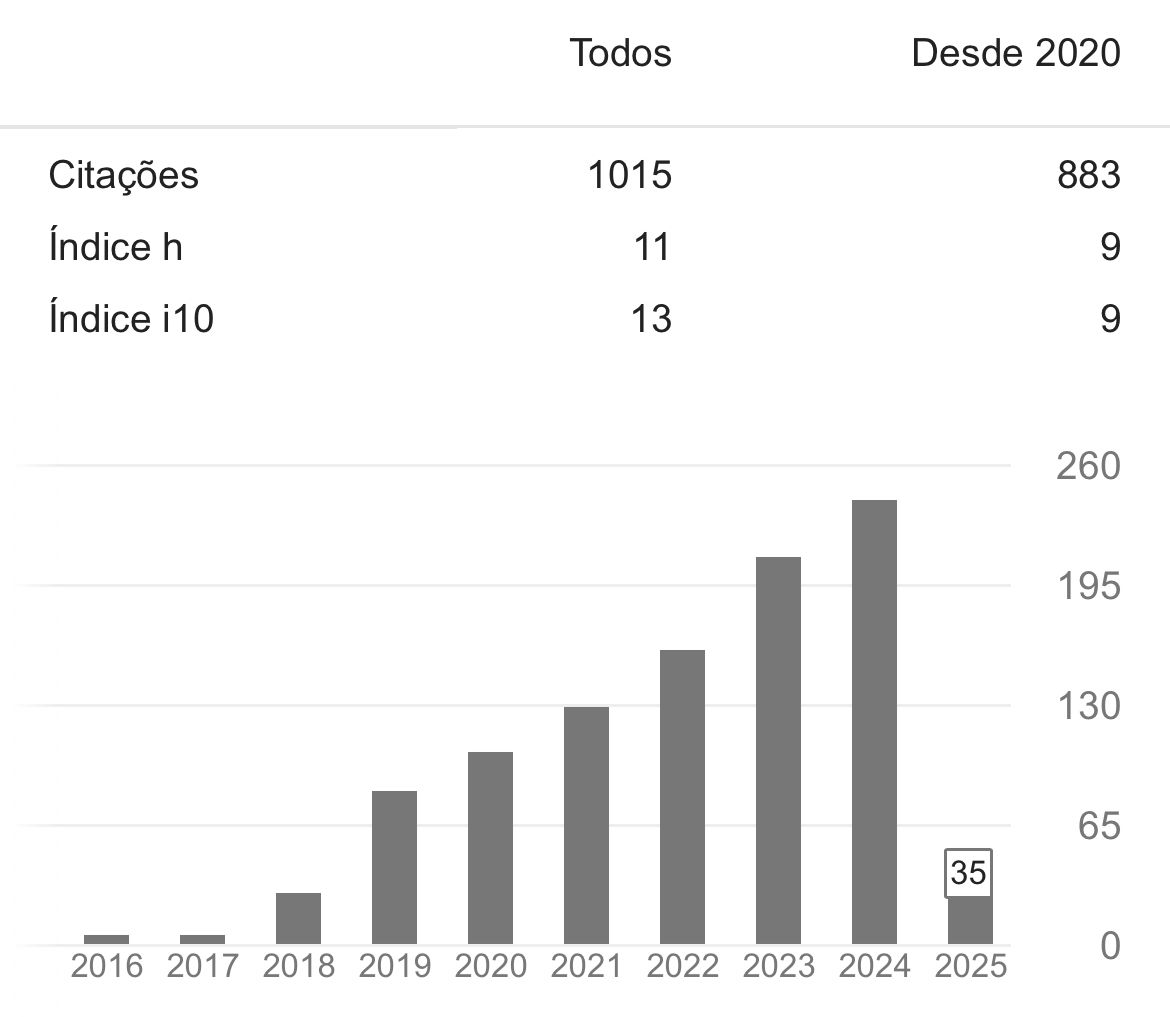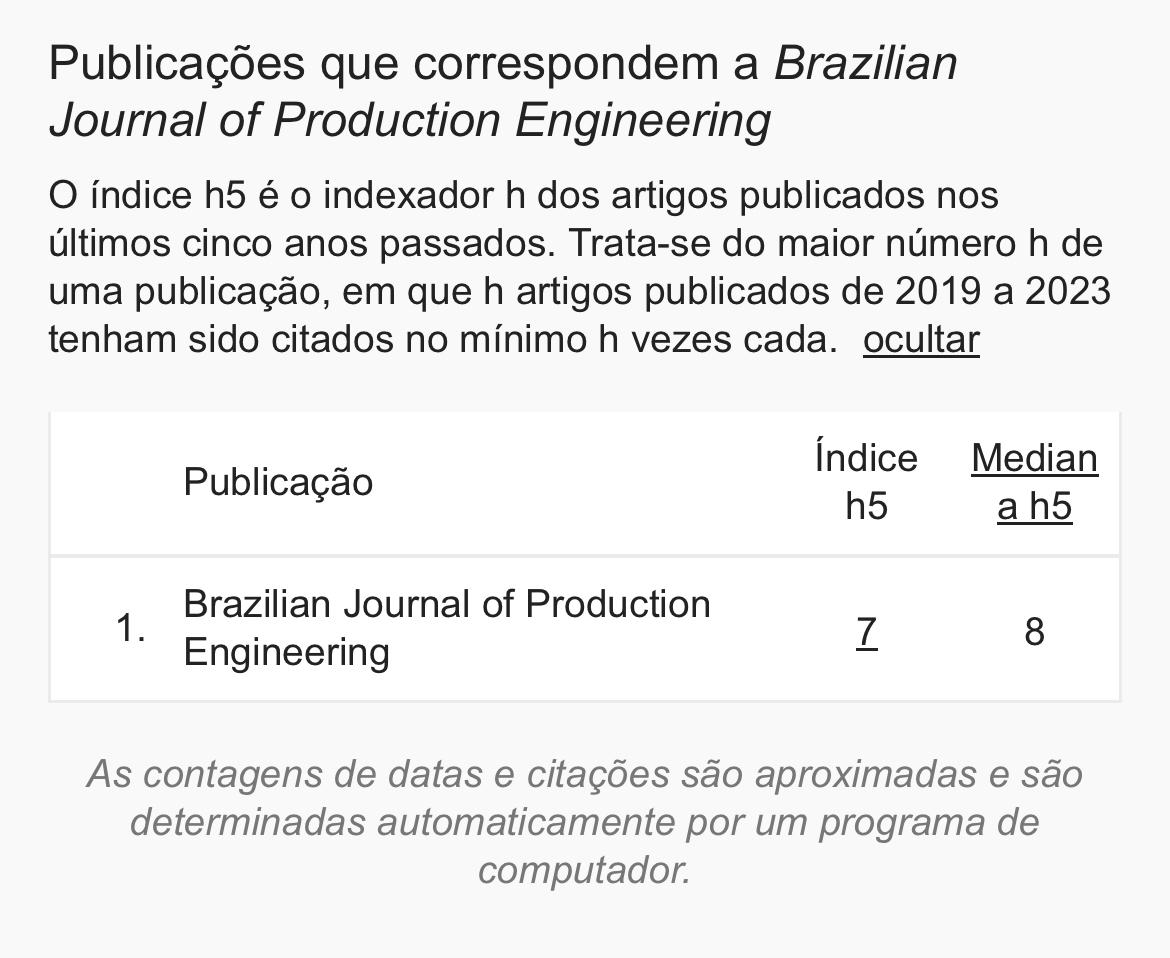Prioritization of preventive measures by using the FMEA tool in risk analysis in civil construction
DOI:
https://doi.org/10.47456/bjpe.v9i2.40211Keywords:
Workplace safety, construction, FMEAAbstract
According to Social Security statistics for 2021, the number of accidents at work in Brazil remains high, with 34,000 belonging to the construction sector this year. In this scenario, risk management has high importance in risk analysis for accident prevention. Focusing on this issue, this research was carried out in the civil construction sector between the years 2021 and 2022, with the general objective of prioritizing preventive measures related to work safety in civil construction, verified by the use of the Failure Modes and Effects Analysis (FMEA) tool. In order to obtain data, observational and photographic records were made in the work analyzed in relation to the risks to which workers are exposed. Subsequently, the risk priority analysis was carried out using the FMEA tool. Among the high-Risk Priority Numbers (RPNs) there is the non-use of personal protective equipment, a serious situation due to its high risk. Thus, it can be concluded that the FMEA method contributed to the prioritization of preventive measures related to work safety for the analyzed civil construction work.
Downloads
References
Associação Brasileira de Normas Técnicas. (2018a). NBR ISO 31000: Gestão de Riscos – Diretrizes.
Associação Brasileira de Normas Técnicas. (2018b). NBR ISO 45001: Sistemas da Segurança e Saúde no Trabalho.
Barsano, P. R. (2018). Legislação aplicada à Segurança do Trabalho. 1a ed. São Paulo: Érica.
Barsano, P. R. & Barbosa, R. P. (2018). Higiene e Segurança do Trabalho. 2a ed. São Paulo: Érica.
Brito, E. A. de S. (2013). Gerenciamento de riscos na construção civil (Monografia de Especialização em Construção Civil). Universidade Federal de Minas Gerais, Belo Horizonte, MG, Brasil.
Camino lópez, M. A., Ritzel, D. O., Fontaneda, I., & Alcantara, A. J. G. (2008). Construction Industry Accidents in Spain. Journal of Safety Research, 39(5), 497-507. https://doi.org/10.1016/j.jsr.2008.07.006 DOI: https://doi.org/10.1016/j.jsr.2008.07.006
Cavaignac, A. L. de O. & Forte, L. L. N. (2018). Utilização do FMEA para priorização de risco ocupacional: uma nova abordagem direcionada a construção civil. Brazilian Journal of Production Engineering, 4(3):132-149. Recuperado de https://periodicos.ufes.br/bjpe/article/view/v4n3_8
Cavaignac, A. L. de O. & Uchoa, J. G. L. (2018). Obtaining FMEA’s indices for occupational safety in civil construction: a theoretical contribution. Brazilian Journal of Operations & Production Management, 15(4), 558-565. https://doi.org/10.14488/BJOPM.2018.v15.n4.a9 DOI: https://doi.org/10.14488/BJOPM.2018.v15.n4.a9
Cicco, F., de. & Fantazzini, M. L. (2009). Manual sobre sistemas de gestão da segurança e saúde no trabalho. São Paulo: Risk tecnologia.
Costa, G. C. (2015). Construção civil: uma análise do quantitativo de acidentes de trabalho ocorridos na atividade de construção de edifícios durante o período de 2010 a 2012 no Brasil. Revista Tecnologia & Informação, 2(3). Recuperado de https://repositorio.unp.br/index.php/tecinfo/article/view/1314
Fabian, C. H. & Stoco, F. (2020). Análise de riscos. São Paulo: Érica.
Ferrari, A. C. K. (2017). Gerenciamento de riscos. [Apostila do Instituto Federal do Paraná]. Curitiba: Rede e-Tec Brasil.
Ferreira, S. E. D. & Nunes, A. G. (2020). Aplicação da ferramenta análise dos modos e efeitos de falha: estudo de caso em uma construção de uma residência unifamiliar em Mossoró/RN (Trabalho de Conclusão do Curso Ciência e Tecnologia). Universidade Federal Rural do Semiárido, Mossoró, RN, Brasil.
Mcdermott, R., Mikulak, R., & Beauregard, M. (2009). The basics of FMEA. 2a ed. New York: Productivity Press.
Ministério do Trabalho e Previdência. (2021a). Anuário Estatístico da Previdência Social. Recuperado de https://www.gov.br/trabalho-e-previdencia/pt-br/acesso-a-informacao/dados-abertos/dados-abertos-previdencia/previdencia-social-regime-geral-inss/dados-abertos-previdencia-social
Ministério do Trabalho e Previdência. (2021b). NR 18 – Condições de segurança e saúde no trabalho na indústria da construção. Portaria SEPRT nº 8.873, de 23 de julho de 2021. Recuperado de https://www.gov.br/trabalho-e-previdencia/pt-br/composicao/orgaos-especificos/secretaria-de-trabalho/inspecao/seguranca-e-saude-no-trabalho/normas-regulamentadoras/nr-18-atualizada-2020-1.pdf.
Ministério do Trabalho e Previdência. (2022). NR 6 - Equipamento de Proteção Individual – EPI. Portaria MTP n.º 4.219, de 20 de dezembro de 2022. Recuperado de https://www.gov.br/trabalho-e-previdencia/pt-br/composicao/orgaos-especificos/secretaria-de-trabalho/inspecao/seguranca-e-saude-no-trabalho/normas-regulamentadoras/nr-06-atualizada-2022-1.pdf.
Palady, P. (2002). FMEA - análise dos modos de falha e efeitos: prevendo e prevenindo problemas antes que ocorram. São Paulo: Iman.
Ruppenthal, J. E. (2013). Gerenciamento de riscos. [Apostila da Universidade Federal de Santa Maria, Colégio Técnico Industrial de Santa Maria]. Santa Maria: Rede e-Tec Brasil.
Santos, M. S. (2010). Uso do EPI sob o ponto de vista da administração e dos operários da construção civil em Feira de Santana (Trabalho de Conclusão do Curso de Engenharia Civil). Universidade Estadual de Feira de Santana, Feira de Santana, BA, Brasil.
Stamatis, D. H. (2003). Failure mode and effect analysis - FMEA: from theory to execution. 2a ed. Milwaukee: ASQ quality press.
Uchoa, J. G. L., Sousa, M. J. A. de., Silva, L. H. V., & Cavaignac, A. L O. (2019). FMEA method application based on occupational risks in the construction industry on work at height: A theoretical contribution. International Journal of Advanced Engineering Research and Science (IJAERS), 6(10), 261-278. Recuperado de http://journal-repository.com/index.php/ijaers/article/view/1228 DOI: https://doi.org/10.22161/ijaers.610.40

Downloads
Published
How to Cite
Issue
Section
License
Copyright (c) 2023 Brazilian Journal of Production Engineering

This work is licensed under a Creative Commons Attribution-NonCommercial-ShareAlike 4.0 International License.

















































































